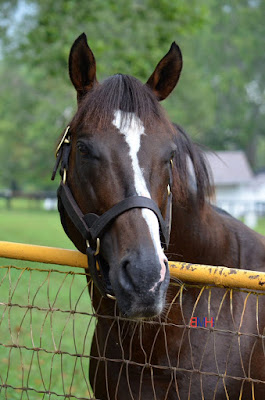Keeping It In the Family: Star Families in the Epsom Oaks and Derby

The month of May be walking out the backdoor this week but classic fans worry not, the next two weeks are full of classic races on both sides of the Atlantic. This week two of the most important races in the world, the Epsom Derby and Oaks, take place on Friday and Saturday in England with participants from multiple countries running. While “Keeping It In the Family” has focused on one race per blog this year, this week’s observations will combine both races as they have some very interesting similarities. Note: Due to publishing date and time, the Derby entry stats reflect runners before the final entry stage. Scat Daddy was a Coolmore stallion at the time of his death. Coolmore – It’s not unusual to see Coolmore stallions dominate races around the world with the Oaks and Derby being no different. While their ace stallion Galileo (Sadler’s Wells) has seven entries between the two races (six in the Derby at this entry stage and one in the Oaks), he isn’t the only Coolm


